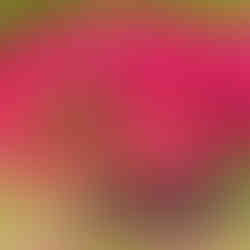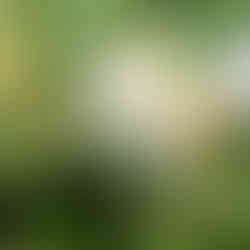*INVADERS!
- Joey Hewell
- Mar 30, 2024
- 2 min read

When we began this journey, one of the main goals was to rid the property of invasive plants so we could reintroduce native species. My search led me to a great resource on Instagram: Carolina Native Nursery (CNN). Their specialty is growing native shrubs, grasses and ferns not far from us, about an hour away, in Burnsville, NC. Last year we visited their nursery to purchase a few plants which of course led to more and more plants. Our truck was PACKED, especially in the back. We plan on utilizing them as a local source for plants as we convert our paradise into a paradise for the local wildlife as well.
A few weeks ago CNN posted about a guy named Bob Gale, a native and invasive plant consultant and owner of RestoraFlora. Basically, you can hire him to come to your property to identify invasive and native species among other things. His experience and background in our specific region was reason enough to set up a time for him to visit Linwell Farms.
(If this is something you're wanting to do in your yard and live in our area we highly recommend Mr. Gale.)
On February 16th Bob spent a few hours walking around our property as we discussed our vision while he gave us pointers and more importantly what we needed to remove. Bad news: we have some highly invasive plants on the property. Good news: it's not THAT overwhelming to manage...we hope. Besides the usual suspects of invasive plants like English ivy and kudzu, we also have Japanese Spiraea, Japanese Honeysuckle, privet, burning bush and multiflora rose. Of these plants, only the kudzu and English ivy are going to take a few weeks to a few months to remove...we hope. The others simply involve pulling or digging them up. Scott has made it his mission to get rid of the kudzu since we purchased the place back in 2021. Without using chemical sprays he's actually made a decent sized dent in it. Since Bob's visit we've cut the English ivy at the base of several trees but have a lot more to go.

FUN FACT: According to Bob, English ivy can't flower - aka SPREAD SEEDS - by simply growing on the ground. It has to climb first - which will kill whatever it crawls up - so if you carefully cut it at the base making sure not to damage the tree it will, at least for the time being, prevent it from spreading to other parts of your yard by seed. You'll still have to pull up the ivy on the ground but at least cutting the base gives you some time to remove it without it spreading even more.
From top left moving clockwise: Kudzu, Japanese Spiraea, Burning Bush, Multiflora Rose, Privet, Japanese Honeysuckle
We expect to run into challenges throughout this process and that's perfectly fine with us. We hope to be here for a long time so we're in no rush to have all of this done quickly. We'll spend a few days pulling out invasive plants then the next planting natives or working in our garden or building a new piece of furniture or just make a new trail in the forest.
SUBSCRIBE HERE to follow us!

































Comments